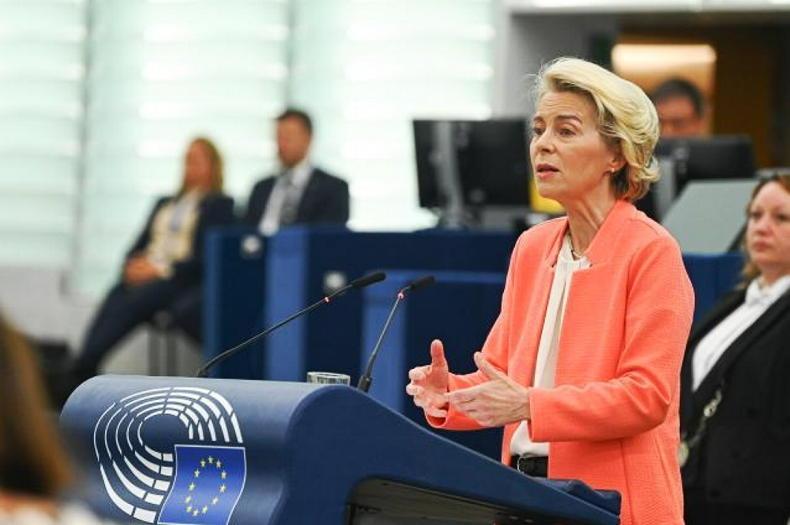The European ombudsman has opened an inquiry into the decisions made by the European Commission earlier this year in proposing a relaxation of certain CAP rules for farmers.
In May, proposals were finalised which allow member states to seek an easing of the CAP’s good agricultural and environmental conditions around crop rotation and diversification, stubble cultivation and non-productive landscape features for certain farmers.
The changes also allowed farmers with less than 10ha to remain free from CAP scheme inspections and penalties, although these farmers still have to follow the terms of the schemes they enter.
The proposals came after months of widespread farmer protests in Brussels and across the EU, with over-regulation and unfair competition from food imports among the key issues raised by the farmers demonstrating.
Now, the Commission must defend itself against the ombudsman’s scrutiny of its decision to bring forward these proposals, after official complaints were submitted by environmental groups ClientEarth and BirdLife Europe.
Goals
The ombudsman stated that the proposals were tabled without an impact assessment. It noted that the two environmental groups claim that Brussels did not assess whether the flexibilities it proposed would “not undermine the environmental and climate goals of the EU”.
The two groups also raised concerns about an alleged lack of public consultation with the plans. The ombudsman wrote to the Commission last week asking it to outline responses to five areas of its inquiry.
These include why the Commission sought input from certain farming organisations but not environmental groups, and whether an assessment was carried of the proposal’s consistency with EU climate goals.
Should the Commission have an internal process which grants a derogation to some proposals from impact assessment procedures, it will have to provide details to the inquiry on who has the power on such decisions.
A mid-December deadline for a Commission response has been set by the ombudsman, with the response to be published when received.






 This is a subscriber-only article
This is a subscriber-only article










SHARING OPTIONS: